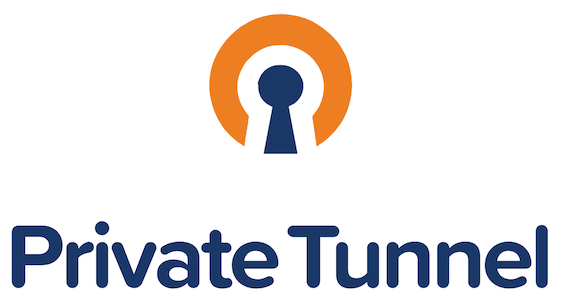The Influence of Social Media Algorithms: Shaping Content, Behavior, and Engagement

Social media platforms have become integral parts of our daily lives, and behind the scenes, algorithms power what we see, interact with, and engage in. Understanding how these algorithms function and influence our experience is key to navigating the digital space.
What Are Social Media Algorithms?
At their core, social media algorithms are sets of rules and processes that platforms like Instagram, Facebook, TikTok, and Twitter (now X) use to decide which content appears in a user’s feed. These algorithms prioritize certain posts and push them to the top, while others may never surface. The goal of these algorithms is to increase engagement by showing content that is most relevant to the user’s preferences, behaviors, and interactions.
How Do Social Media Algorithms Work?
While each platform has its own specific approach, there are common elements that define how most social media algorithms work:
-
User Interaction: Platforms track what content you like, comment on, share, or save. More interaction with a particular account or type of content will increase the likelihood of seeing similar content again.
-
Content Type: Different platforms give priority to different types of content. For instance, Instagram favors video and carousel posts, while Twitter prioritizes tweets that have strong engagement metrics (retweets, likes, and replies).
-
Recency: Fresh content often gets higher priority. Time-based algorithms, like Twitter’s chronological timeline or the now-deprecated Instagram feed, favored the newest posts. However, newer algorithms balance recency with relevance.
-
Engagement: The more likes, comments, shares, or other forms of engagement a post gets, the more likely it is to appear in your feed. This is because high engagement is often a signal of content quality or relevance to a wider audience.
-
Hashtags and Keywords: Especially on platforms like TikTok and Instagram, hashtags and keywords help the algorithm categorize and surface content to the right audience. On TikTok, for example, the "For You Page" is driven heavily by the content users engage with and the hashtags they follow.
-
Time Spent on Posts: If users spend a lot of time watching or reading certain posts, this signals interest. The algorithm then promotes similar content to keep users engaged for longer periods.
Benefits and Challenges of Social Media Algorithms
Benefits:
-
Personalization: One of the major benefits of algorithms is that they tailor content to individual users. By analyzing your preferences and behavior, platforms can offer a more personalized feed.
-
Increased Engagement: Algorithms can enhance user engagement by showing content they are more likely to interact with, thus keeping them longer on the platform.
-
Content Discovery: Algorithms can help you discover content and creators that match your interests. Platforms like TikTok are especially good at serving niche content to the right audience.
Challenges:
-
Echo Chambers: One downside to algorithm-driven feeds is the reinforcement of echo chambers. When users are repeatedly shown content that aligns with their beliefs, it can create a bubble of like-minded opinions, limiting exposure to diverse perspectives.
-
Manipulation and Misinformation: Algorithms that prioritize engagement can unintentionally promote sensationalized content. Clickbait, fake news, or emotionally charged posts can rise to the top if they garner enough interaction, even if the information is inaccurate.
-
Content Suppression: Smaller or newer creators often struggle to get noticed on social media due to algorithms favoring high-engagement posts. This dynamic makes it difficult for fresh voices to break into the spotlight.
-
Mental Health Impacts: The constant race for likes and engagement, amplified by algorithms that reward high interaction, can create pressure for users and influencers. This has raised concerns about the impact of these systems on mental health.
Algorithm Transparency and Control
In recent years, there has been increasing demand for transparency in how social media algorithms work. Users, creators, and even governments have called for platforms to offer more insight into what shapes a person’s feed. Some platforms have responded by providing more user control over algorithms. Instagram, for example, offers the option to view posts in chronological order, bypassing its typical algorithm.
Likewise, platforms are investing in ethical AI to ensure that their algorithms don’t reinforce harmful behaviors or promote misinformation. Still, more work needs to be done to ensure algorithms serve users without compromising the integrity of content or contributing to societal issues like polarization.
Conclusion
Social media algorithms are powerful tools that shape the way we consume content online. While they have undeniable benefits, such as increased personalization and content discovery, they also pose significant challenges, especially when it comes to promoting misinformation, reinforcing echo chambers, and affecting mental health. As users, being aware of how these systems work allows us to take a more active role in curating our online experience.
As algorithms continue to evolve, staying informed about how they function is crucial to navigating the digital landscape responsibly. What’s on your feed is no accident—it's the result of complex algorithms that are constantly learning from your behavior.
What's Your Reaction?
























